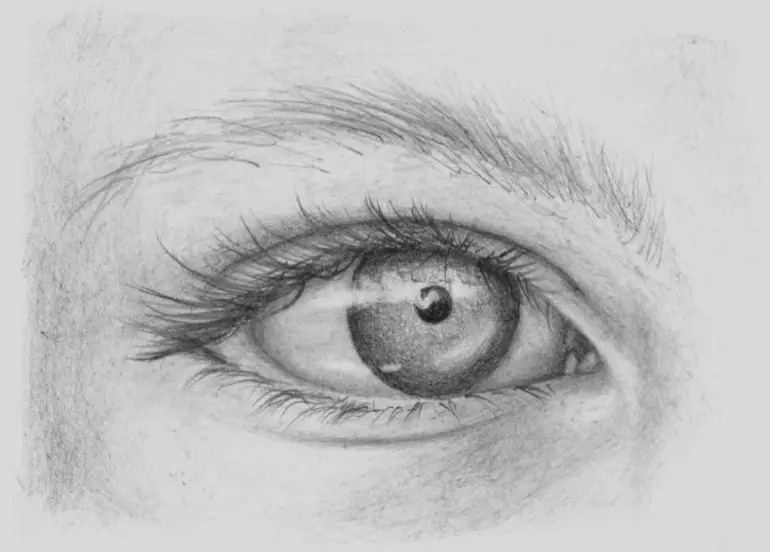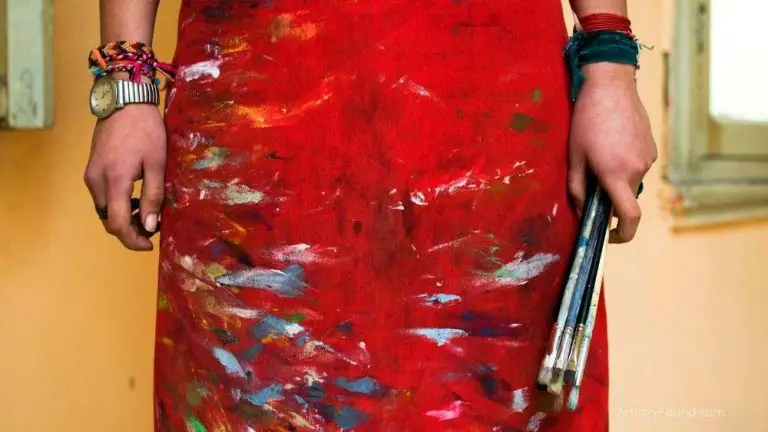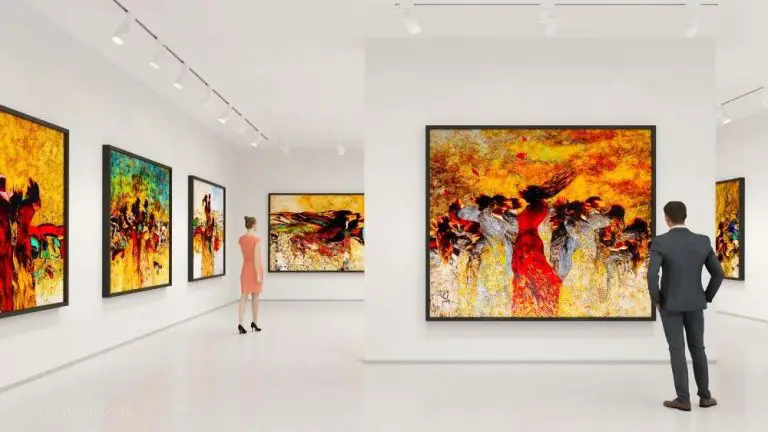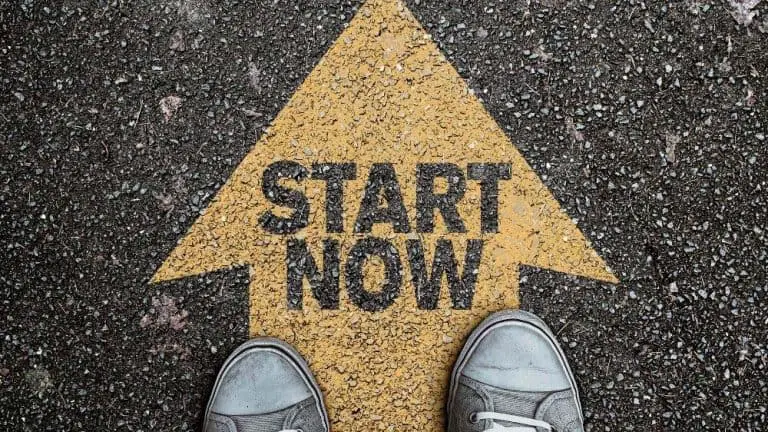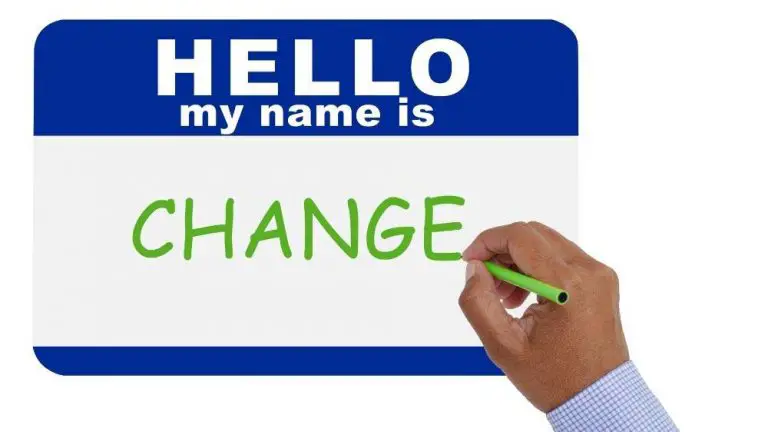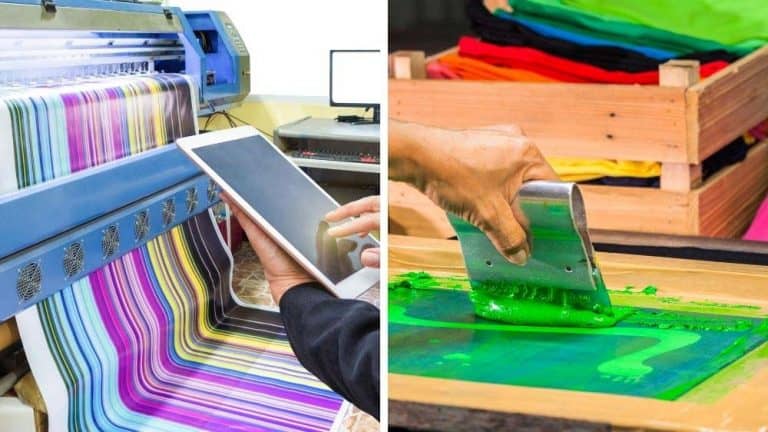Are Artists Depressed? (Creativity and Depression)
The tortured artist is a timeless stereotype; if you see an artist in media, you can be sure they would have mental health issues. Similarly, those characterized as having mood disorders are described as creatives—whether it be a writer, painter, or musician. Are artists depressed, and if so why?
There is a link between creativity and depression, but no, not all artists are depressed. Introspective and sensitive people, however, often express themselves through creative or artistic endeavors. In turn, their nature makes them more prone to developing mood disorders.
However, this is a matter of correlation, but not necessarily of causation. Mental health issues do not necessarily make a person creative, but creativity doesn’t necessarily cause mental health issues. The brain is far more complex than that—there is never a simple answer for humans and their mental health.

(This article may contain affiliate links and I may earn a commission if you make a purchase)
Creativity and Mental Health
As stated before, the relationship between creativity and mental health is a unique one. Often seen as a pair that goes hand-in-hand, no studies have proven that one influences the other. So we can’t exactly blame people for being curious. The influence of creativity on depression and vice versa has been the subject of many studies over the years.
These studies have proven that creatively inclined people have higher levels of neuroticism than the average person. These studies have also concluded that while they are at risk for developing mental illnesses, they also possess a unique and innate outlet.
Neuroticism is considered one of the essential five personality traits and corresponds with emotional stability and control. Artists are often highly sensitive people, causing them to react differently and more intensely to stimuli. These people experience emotion on a deeper level, and their reflective nature turns their reactions inward.
Creative people are nearly always described as ‘quiet.’ This results from their response to stimuli; they are far more aware of their surroundings than non-creatives. In turn, they take time to adjust to new surroundings and large groups of people, preferring to observe until they are comfortable. They frequently feel overwhelmed when confronted with unfamiliar situations.
Unfortunately, high expectations become somewhat of a limitation for many artists. The artist decides the quality of their work, rarely relying on an outside force to approve it. Since their expectations could be set too high, they might fall short of the goals they set and be disappointed in themselves.
The fear of failure can put a damper on any excitement when working on an art project. It makes the work seem too intimidating, and many artists may find themselves unmotivated and unwilling to continue. It’s a vicious and never-ending cycle: high expectations lead to disappointment, and disappointment leads to a lack of motivation.
It’s important to remember that this doesn’t apply to all artists. Everyone is different and deals with complex situations differently. While artists may rate higher on the neuroticism scale, they also have an outlet for their pent-up emotions. Many creatives efficiently deal with their mental health, the lack of motivation and frustration head-on, making these issues too temporary to be considered a full-blown depressive episode.
Recommended Reading: Why Artists Procrastinate & How To Stop!
Does Creativity Cause Depression, or Does Depression Fuel Creativity?
It’s pretty much a chicken-or-egg debate: which comes first? The simple answer would be yes to all of the above. Many creative individuals draw on negative emotions to create. At times, burnout after a taxing project can lead to depression. But one doesn’t necessarily influence the other since sufferers of depression are not always creative, and creatives aren’t always depressed.
We tend to think that depression comes before art. When we look at famous creatives who suffered from mental illness, we think of people like Vincent Van Gogh, Sylvia Plath, and Kurt Cobain. Sometimes artists are born artists, and the depression comes later. Still, art is considered an outlet for emotional struggle.
Artists have a built-in outlet that allows them to release tension and deal with their trauma in a healthy environment, but it doesn’t always work out that way. How do they influence each other? Does one alleviate the stress caused by the other or make it worse? Do they interact in such a way that significantly impacts each other?
Depression and anxiety do not always make art better or more successful. It can be a contributor to failed projects instead. An important symptom of depression is a lack of motivation and interest. An artist suffering from untreated depression may abandon their project as soon as they lose motivation to finish.
This feeling probably sounds familiar: a creative block is perhaps one of the most dreaded things in any creative community. However, having a creative block does not necessarily mean that you have major depression. It might be the aftermath of a challenging project or a lack (or overload) of stimuli. Blocks can also be the result of daily inconveniences.
While depressive episodes can result in a creative block, creative blocks can trigger a depressive episode. Without their natural outlet, creatives who suffer from depression can feel lost. Without the motivation and strength to look for new inspiration, it can be a catch-22 situation making artists feel even worse.
The Difference Between Moods and Mood Disorders

So now you might be wondering, if artists experience emotions more intensely, how can we tell average emotions apart from a mood disorder? The simple answer is that the negative emotional state of those with a mood disorder is persistent and usually lasts for extended periods.
Emotional states can fade—sadness and stress can decrease over time and usually follow an event that incites these feelings. A traumatic event might trigger mood disorders, but the emotional states involved could occur randomly. If left untreated, these disorders could be disastrous for your physical health.
Some of the most common disorders that occur in creatives are depression, anxiety, and bipolar disorder. The key symptoms are listed below—it is always helpful to recognize the warning signs but never rely on a self-diagnosis. People should always consult a mental health professional for an official diagnosis.
Depression
Depression is one of the most prevalent mood disorders plaguing modern society but often goes undiagnosed due to societal bias surrounding the stigma of having a mental disorder. Depression can come in many forms, but the common symptoms include:
- Loss of interest and motivation in usually favorable tasks
- Restlessness or agitation
- Change in appetite and sleeping patterns
- Physical and mental fatigue
- Feeling hopeless and overwhelmed
Bipolar Disorder
Previously known as Manic Depressive Disorder and characterized by elevated moods (manic episodes) followed by a crash (depressive episodes). This emotional rollercoaster may be familiar to artists: periods of inspiration followed by an extensive creative block. Manic episodes may be identified by:
- Uncharacteristic periods of anger
- Uncharacteristic impulsive behavior
- Overconfidence
- Short attention span or obsessive focus
- Less sleep or insomnia
Anxiety
Many disorders fall into this bracket. Many of them are tailored to a specific aspect—ranging from trauma to phobias to situational anxieties. These disorders have the following symptoms in common:
- Panic attacks or feelings of doom and danger
- Agitation, irritation, inability to stay calm
- Obsessive avoidance of triggers
- Obsessive thinking about triggers
- Lack of concentration
Are Artists Depressed?
While there can certainly be a link between creativity and mental health, one doesn’t necessarily influence the other. Depression doesn’t make an artist, and art doesn’t cause depression. Instead, it is the nature of artists themselves that puts them at risk of developing these disorders and the need for an outlet that drives those with a mental health condition to creativity.
Regardless of the cause and effect, it’s important to remember to take your mental health seriously. Don’t be afraid to seek help when you start to feel overwhelmed.
More From Artistry Found:
- How Artists See The World (A Different Vision)
- Are Artists Introverts or Extroverts? (Explained!)
- Why Are Artists Bad At Math? (Explained)
Resources:
Visit the American Foundation for Suicide Prevention for more resources on mental health: https://afsp.org
Read more about mental health and creativity:


